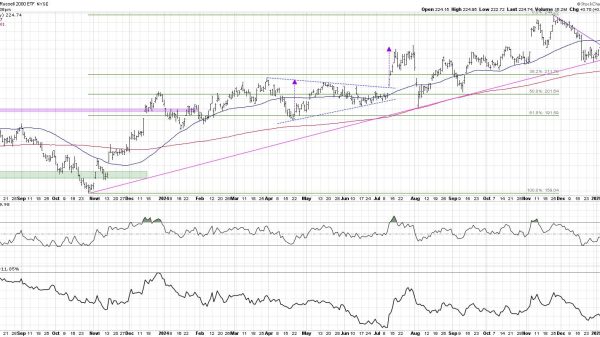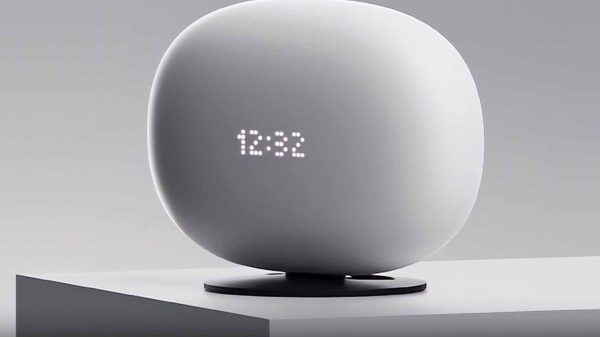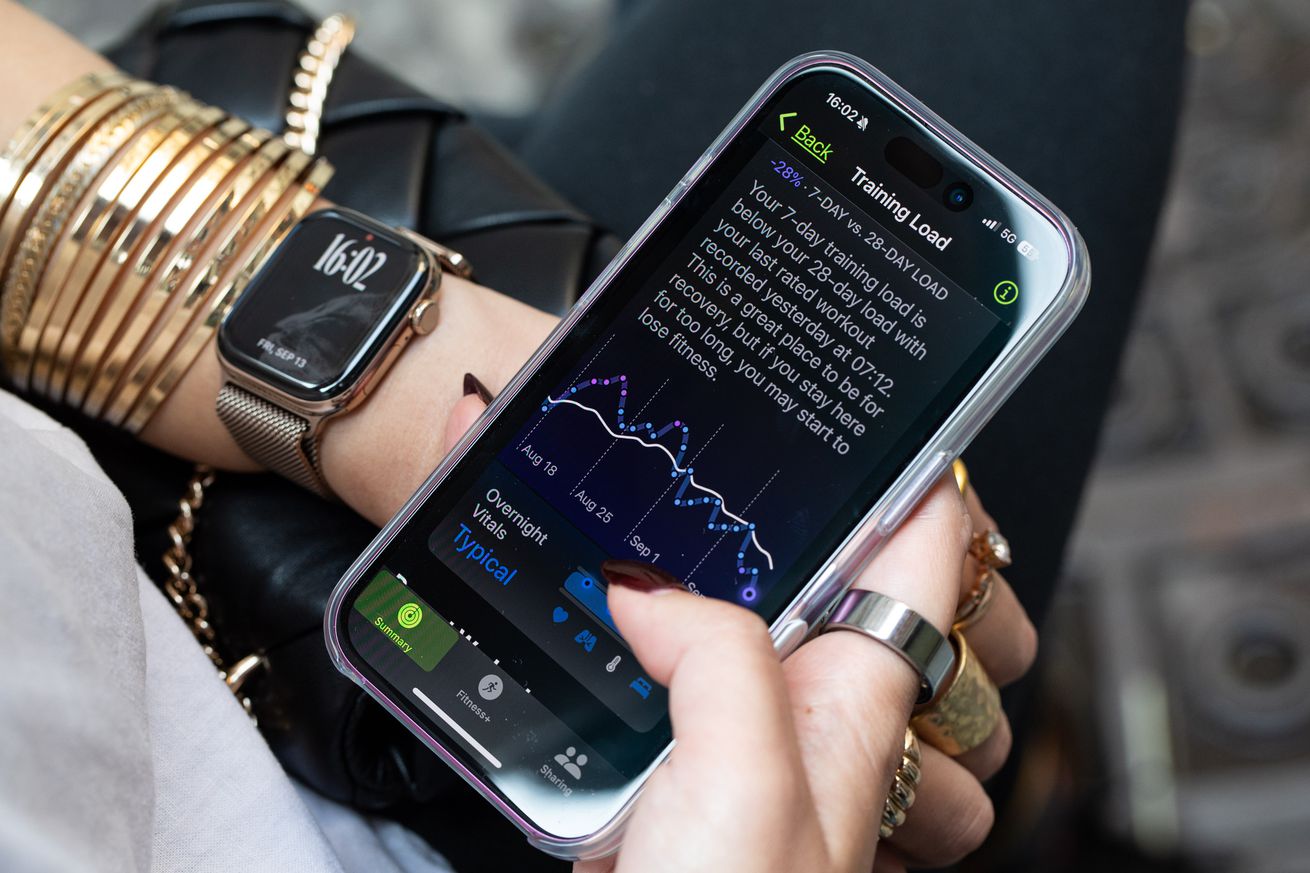
Every January, fitness tech and wearable companies love to remind us about New Year’s Resolutions. For a small number of people, New Year’s features, challenges, and marketing campaigns will be exactly the push they need. For everyone else, they’re another reason to feel bad about yourself.
The start of the new year is when Peloton Bikes go on sale, Apple trots out its annual Ring in the New Year Challenge badge and new Fitness Plus content, and anecdotally, it’s when I see a lot of friends suddenly start logging miles in Strava. But this year, I saw a new marketing tactic: Quitter’s day.
Quitter’s day is the second Friday in January — the day when most people throw in the towel on New Year’s Resolutions, fitness related or otherwise. Apple rolled out an Apple Watch commercial around it, encouraging people to “quit quitting” with a little extra wrist-based motivation. Popular strength training app Ladder also jumped on the trend with a humorous ad hinting that, if you just have Ladder coaches in your ear, you too can avoid quitting.
I was on the ground at the giant CES trade show during this year’s Quitter’s day. CES is a week where I’m lucky if I get one workout in, eat three meals a day, and sleep more than three hours a night. My Apple Watch training load data, Strava fitness graphs, and Oura Ring scores all resembled stocks crashing. I got several treacly reminders from the half-dozen fitness apps I use to “get back to it!” By every wearable measure, I’d utterly failed by Quitter’s day.
People don’t quit their New Year’s Resolutions because they didn’t have the right smartwatch or fitness app. Most quit because they set unrealistic goals and expectations for themselves. At their core, wearable and fitness tech are tools that can help you build new habits and achieve goals — but using them effectively also requires knowing when to ignore them.
It was unpleasant to look at my data. I didn’t feel great about lapsing in my new strength training regimen or breaking my seven-month running routine. A younger me would have beat myself up for not somehow managing to do it all. And people new to fitness might have quit all together.
But this year I was smarter and turned off all my wearable notifications at CES. I made use of the “Pause Rings” feature on my Apple Watch. I decided the two half-assed workouts of the four I had planned to do at the event were good enough. I scheduled a date, well after CES ended, when I would resume training.
After years of testing wearables 24/7, I’ve learned that the best course of action is to trust yourself. Sometimes that means listening to your wearable data. Many times, it means ignoring it completely. You don’t need it, but you do have my full permission to tell your smartwatch to shut up for the rest of January. After all, there are still 11 months left in this year.





























